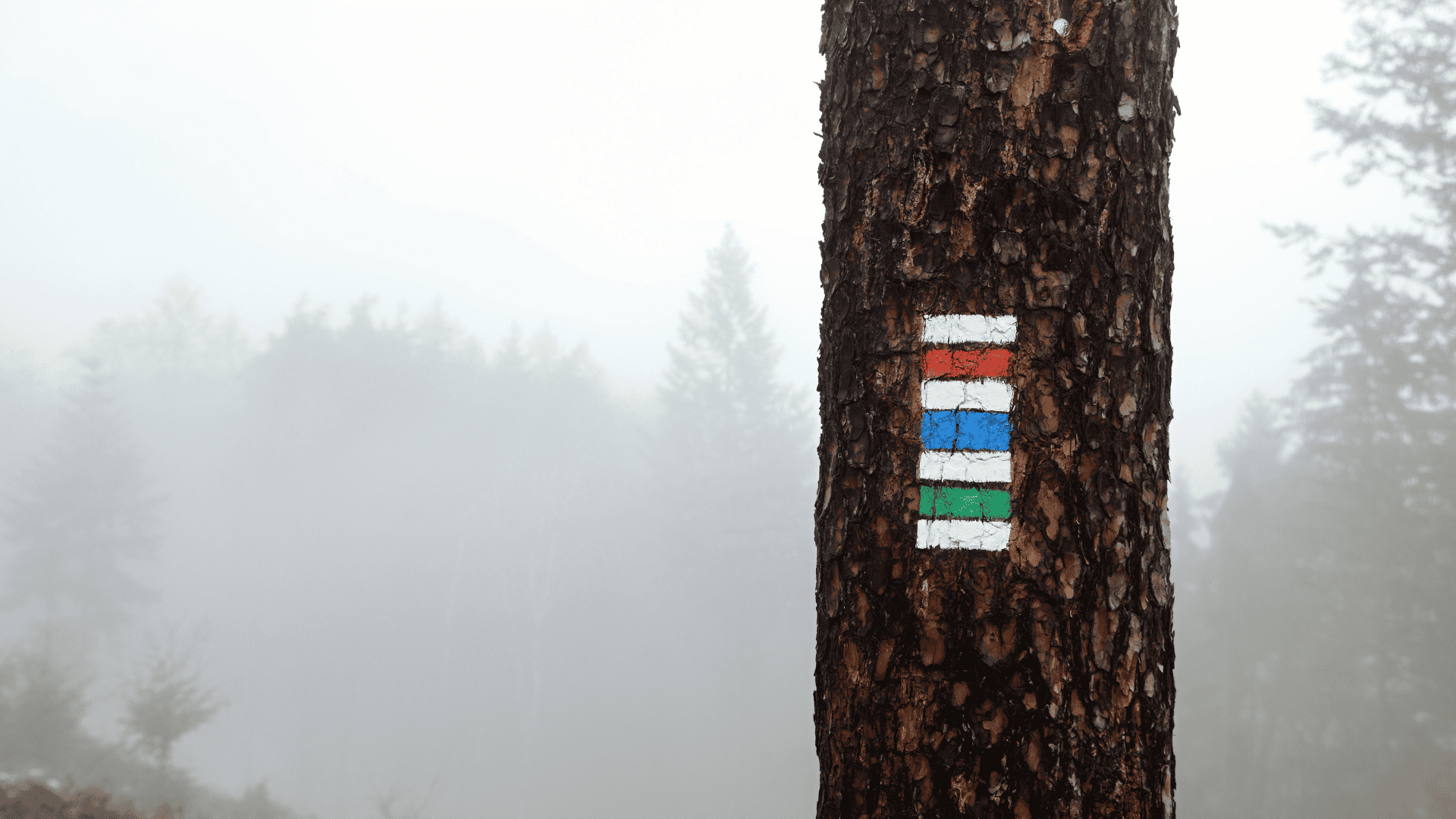1st trail: Prague Has Always Been Queer: From Drag Legends To Gay Café

From the Pride Village to the Pride Park
TRAIL MAP in mapy.cz
1. KABARET U STŘELCE / CABARET AT THE MARKSMAN — Střelecký ostrov
From 1993 to 1995, the basement of an Empire‑style inn on Prague’s Střelecký Island became home to U Střelce, a drag cabaret founded by Zdeněk Novotný. Transformed from a former Socialist Youth Union warehouse, the space held up to 140 audience members and gained fame for its central location and ambiance reminiscent of First Republic cabarets. Among the performers was Ivo Špes, known onstage as Miss Ivana, alongside guest stars such as famous singers Eva Pilarová, Marcela Holanová, and Petra Janů. The 1994/1995 season also featured Gay Viola evenings — literary readings by well‑known actors with a queer twist. In 1995, the cabaret moved to K
arolíny Světlé Street, later relocating several times before settling on Anglická Street, where it thrives to this day. The U Střelce brand remains active, known for fabulous gay‑themed drag cruises along the Vltava River.
2. BYT EDUARDA CUPÁKA / EDUARD CUPÁK’S APARTMENT — Novotného lávka 202/11
The life of Eduard Cupák (1932–1996), Czechoslovakia’s first openly gay film star, began In the attic apartment on Novotného lávka. In 1952, he was arrested due to a denunciation, expelled from JAMU (The Janáček Academy of Performing Arts), and banned from theater. With friends’ support, he landed the lead role in the film Mladá léta, launching his career despite further attempts to discredit him. He shared his life with his partner Václav Květa, living both in this apartment and in a cottage in Brtnice, where they pursued renovation and gardening. Cupák, like director Václav Krška, died of a lung illness in 1996. His wish was for his ashes to be scattered in Malvazinky.
3. KARLOVY LÁZNĚ / CHARLES’ SPA — Novotného lávka 198/13
Karlovy lázně, built in 1848 and modernized in 1925 at the corner of Novotného lávka and Smetanovo nábřeží, included pools for men and women, bath services, a restaurant, a barber, and pedicure facilities. Known not only as a wellness center but also as a discreet spot for gay men to meet. In the 1920s, anonymous complaints to the police accused a blackmailer, “Tonda Trička,” who preyed on visitors. Post‑war, the baths became darker and more labyrinthine, atmospheric and charged. Regulars formed a tight‑knit group; newcomers were welcomed and noticed. The baths closed in 1975, the building decayed, and in 1999 it was transformed into the mega‑nightclub “Karlovy lázně”.
4. DEMONSTRACE HNUTÍ ZA ROVNOPRÁVNOST HOMOSEXUÁLNÍCH OBČANŮ / MOVEMENT FOR THE EQUALITY OF HOMOSEXUAL CITIZENS DEMONSTRATION — Staroměstské náměstí
On February 25, 1990, Prague’s Old Town Square hosted the first (and for a long time last) public demonstration for homosexual citizens’ rights after the Velvet Revolution. Organized by the radical Movement for the Equality of Homosexual Citizens (HRHO) — inspired by France’s FHAR — its leader Šimon Formánek promoted “gay anarchy” and rejected medical oversight of homosexuality. The protest followed an official demonstration commemorating the communist takeover, which was attended by President Václav Havel. HRHO activists carried banners and engaged with passersby. According to writer Václav Jamek, they faced harsh insults and even calls for castration from people who’d recently celebrated a humanist speech by the president.
5. KAFÍRNA U ČESKÉHO PÁNA / THE CZECH GENTLEMAN’S CAFÉ — Týnská 627/7
In 1995, in the basement of a historic Old Town building, the gay café “U Českého pána” opened. It was named after Václav Budovec z Budova, whose statue adorned the building. With just 22 seats, it quickly became a beloved calm haven, though it also faced criticism over “heterosexual misunderstanders.” Forced out of its original location, it split in 1997 into U Českého pána I in Kozí Street and U Českého pána II opposite the Old‑New Synagogue. The second branch closed that same year; the Kozí Street location remained open until 2016.
Seidl, Jan, et. al. Teplá Praha: Průvodce po queer historii hlavního města 1380–2000. Compiled by Ladislav Jackson, Společnost pro queer paměť, Brno 2014.
